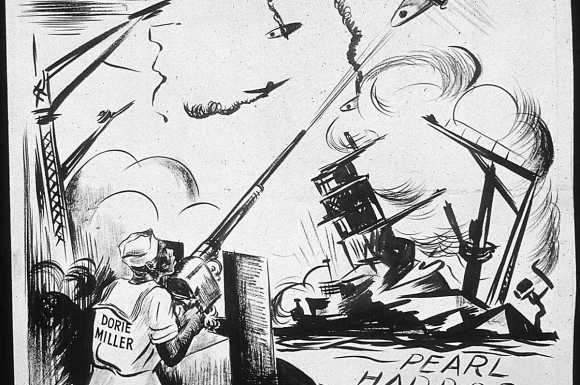
Description
Throughout history, humankind has often used narrative images to depict scenes of victory and defeat in battles, as well as the toll war holds on individuals. Military art is nothing new, dating as far back as 3300 BCE when The Battlefield Palette was made — a predynastic cosmetic palette depicting a series of prisoners being led away from the field of battle, and wild animals scavenging on the deceased. Perhaps some of the more common or recognizable depictions of war can be attributed to those found in classical antiquity. The Alexander Mosaic — which was rediscovered in 1831 under layers of ash formed from the eruption of Mount Vesuvius in 79 AD — depicts the Battle of Issus, which occurred on November 5, 333 BCE. The mosaic, which was created using almost two million pieces of tesserae, shows the battle between the Macedonian forces led by Alexander the Great, and the Persian forces led by Darius III — a battle which would result in a victory for Alexander.
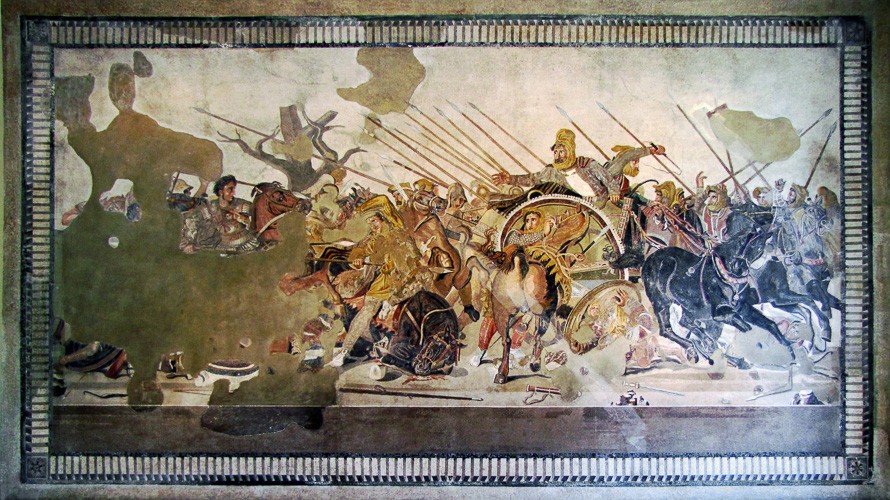
Fig. 1. Alexander Mosaic, Tesserae, 2nd century BCE. From the House of the Faun in Pompeii. Collection of the National Archaeological Museum, Naples.
Battle scenes were common in classical antiquity, and Greek paintings were often seen as a highly respected art form. As cities were often fighting amongst each other and foreign nations were threatening to conquer one another, it wasn't uncommon to come across pottery depicting scenes of war. In some instances, battles and warriors could be depicted in mythological terms or through the depiction of gods and goddesses fighting one another.
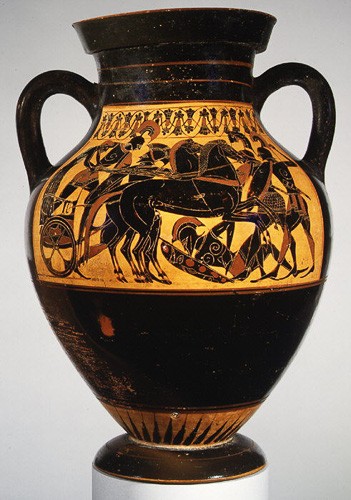
Fig. 2. Princeton Painter, Terracotta amphora (jar), c.500-490 BCE. Collection of the Metropolitan Museum of Art.
Other depictions of war come in the form of portraiture. Jacque-Louis David's Napoleon Crossing the Alps (1802) pictures the French general as he leads his troops across the Alps in a campaign against the Austrians. Although Napoleon was not present when soldiers crossed the Alps — having followed behind a few days later, and on a mule — Napoleon and his horse dominate the canvas, emphasizing his authority and potential as a great leader and general. French troops can be seen hauling along a canon as they make their way up the mountain in the background.
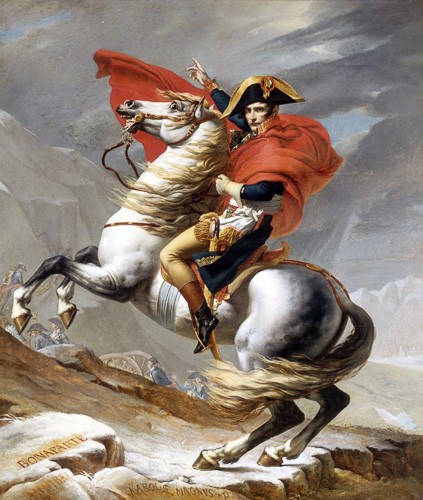
Fig. 3. Jacque-Louis David, Napoleon Crossing the Alps, 1802, oil on canvas.
Heading towards the twentieth century, the glorification of war began declining. In turn, the most striking art depicting war were the pieces that emphasized the horror and casualties inflicted upon groups and individuals. Pablo Picasso’s Guernica, for instance, was painted as an immediate reaction to the bombing of the town of Guernica by the Nazis during the Spanish Civil War, and emphasizes the tragedies of war and the suffering it inflicts upon individuals. Other artists, rather than working from a studio, were enlisted in the army and recorded their own experiences. During the Second World War, many artists were enlisted and worked on illustrating posters, war newspapers, murals, and field reports.

Fig. 4. Pablo Picasso, Guernica, 1937, oil on canvas. Collection of the Museo Nacional Centro de Arte Reina Sofie.
Today, artists like Victor Juhasz, Elize McKelvey, Steve Mumford, Kristopher Battles, and Michael Fay work with various branches of the armed forces to detail the personal stories, as well as the technical aspects of war and military operations through illustration.
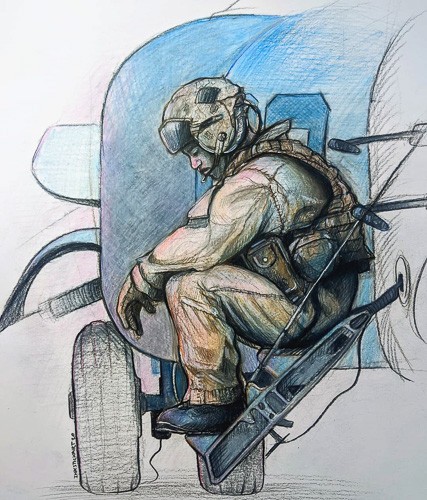
Fig. 5. Elize McKelvey, Mv22 Osprey Crew Chief in Nairobi Kenya. Collection of the National Museum of the Marine Corps.







![Casablanca Folio: [Loading the wounded on the plane]](/images/made/images/uploads/Eng_-_Loading_the_Wounded_60_60_c1.jpg)











_60_60_c1.jpg)
















